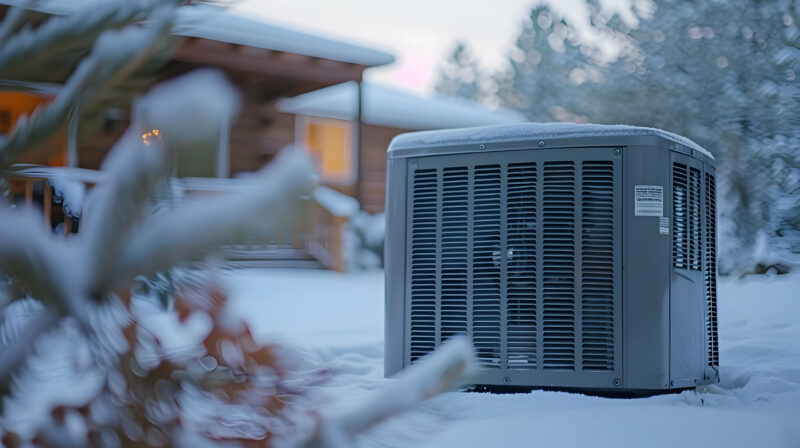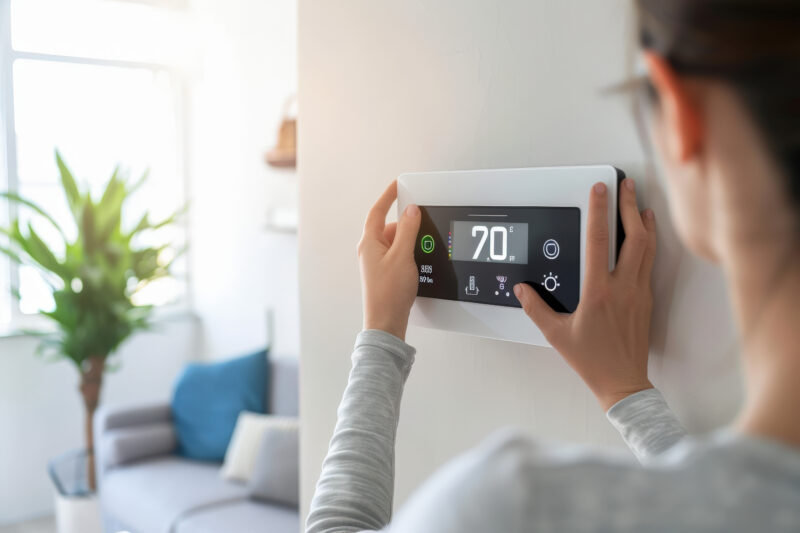Choosing the right AC system for your home’s needs is a daunting task – with many important details accumulating into an expensive and long-term decision. The category that your home’s AC system falls into (traditional split-system, packaged or ductless) will help create a baseline for determining the most important aspect of your system: its size. Sizing your AC unit is vital for maximizing comfort and energy efficiency in your home.
Cooling Capacity
Cooling capacity is used to determine an AC unit’s ability to cool a room over the period of an hour. This helps provide a concrete way to measure if an AC unit is the proper fit for the space it will be placed in. Cooling capacity is calculated in terms of tons or British Thermal Units per Hour (BTUh). Every 12,000 BTUh equals one ton in cooling capacity.
Residential AC units vary anywhere between one and a half and five tons (which is anywhere from 18,000 to 60,000 BTUh). Any rating above five tons is used for commercial use. The higher the number in tons is, the faster the unit is able to cool a room in an hour. Keep in mind that the cooling capacity should be proportional to the size of the room – a large unit in a small room can drop the temperature quickly, but the humidity will stay.
SEER Rating
SEER, or “Seasonal Energy Efficiency Ratio,” is a number is then used to denote the energy efficiency of an AC system.
Any AC unit’s SEER rating is referenced against other AC units to compare overall efficiency. The lowest rating a unit can receive is 13, and the highest is 24. The higher your system’s rating, the more cost effective it is for operation costs over time.
AC Unit Sizing
The best way to determine what AC unit size is perfect for your home is to have a professional measure your home’s square footage and provide an assessment, called a “load calculation,” of what would be the best fit for the space where the unit will reside. Many factors go into determining the size of your AC unit:
- Total interior space to be cooled (measured in square feet)
- The amount of people in the home
- Weather and climate of the region
- Types and amount of electrical equipment in the home that generate heat
- Amount of direct sun exposure
These factors take the cooling capacity and SEER ratings into account to help the professionals determine the kind of AC unit your room needs. The smaller a space is, the smaller the size your AC unit needs to be – the size needs to be proportional to the size of your space to ensure proper efficiency.
How Do I Interpret These Numbers?
Once you have both the SEER rating and cooling capacity numbers, you can compare the numbers to other AC units of the same size for your home (once it has been determined by a professional). These numbers can help you understand how efficient and cost effective your AC unit is and what the system can provide your home for its size and cost.
For more information on how to determine the perfect AC unit for your home, contact Air Tech of Houston AC & Plumbing to ensure the size is just right for your needs.





